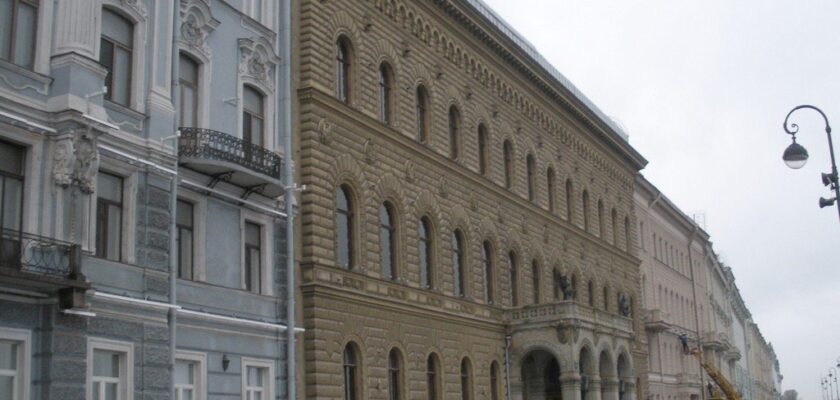Palace Embankment
Palace Embankment is rightfully considered one of the main tourist “magnets” of St. Petersburg. Visitors from different regions of Russia and abroad come to the Northern Capital to admire its architectural ensemble and historical monuments.
The Palace Embankment is located on the left bank of the Neva, where its nearest neighbors are Kutuzov and Admiralteyskaya Streets, and directly opposite stands the spire of the Peter and Paul Cathedral. From here you can perfectly see not only the recognizable outlines of the ancient fortress on Zayachiy, but also the picturesque Strelka of Vasilyevsky Island. However, you should look not only at the water – it is here that many of the city’s landmarks are “prescribed”: the Winter Palace with its garden, the Hermitage complex, the Marble and New Mikhailovsky Palaces, the Summer Garden, the oldest stone bridges, mansions of the XVIII-XIX centuries.
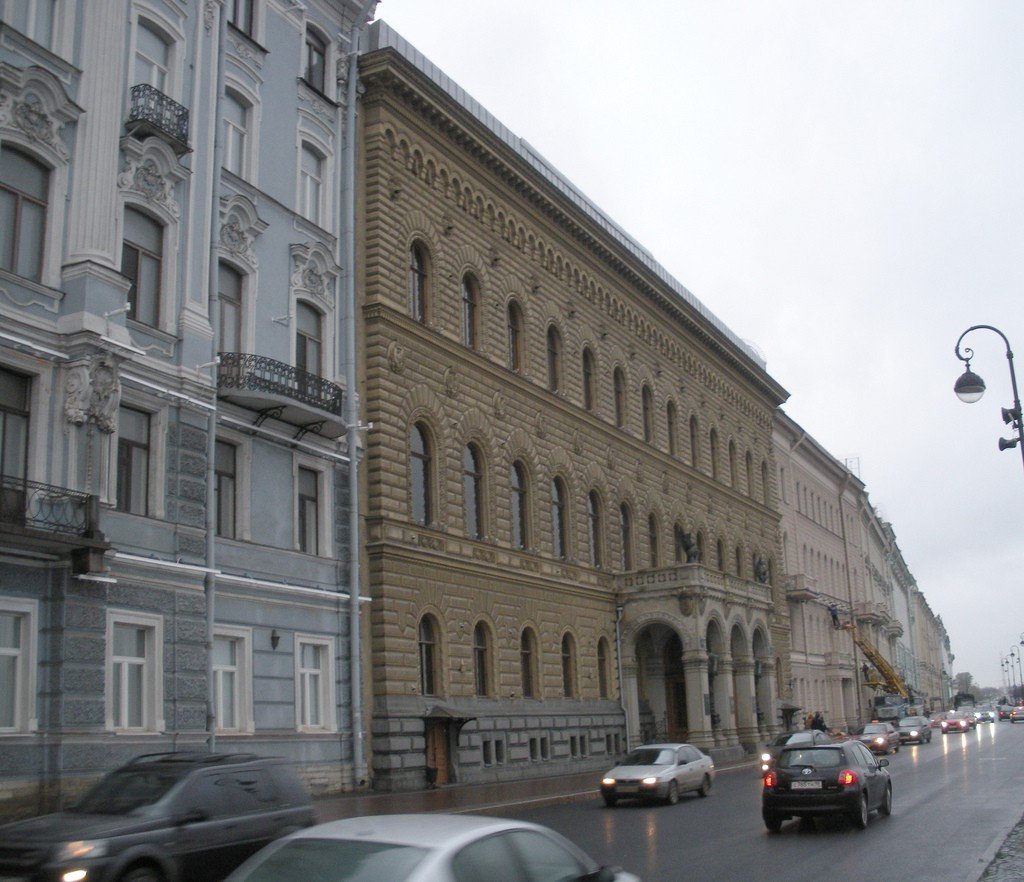
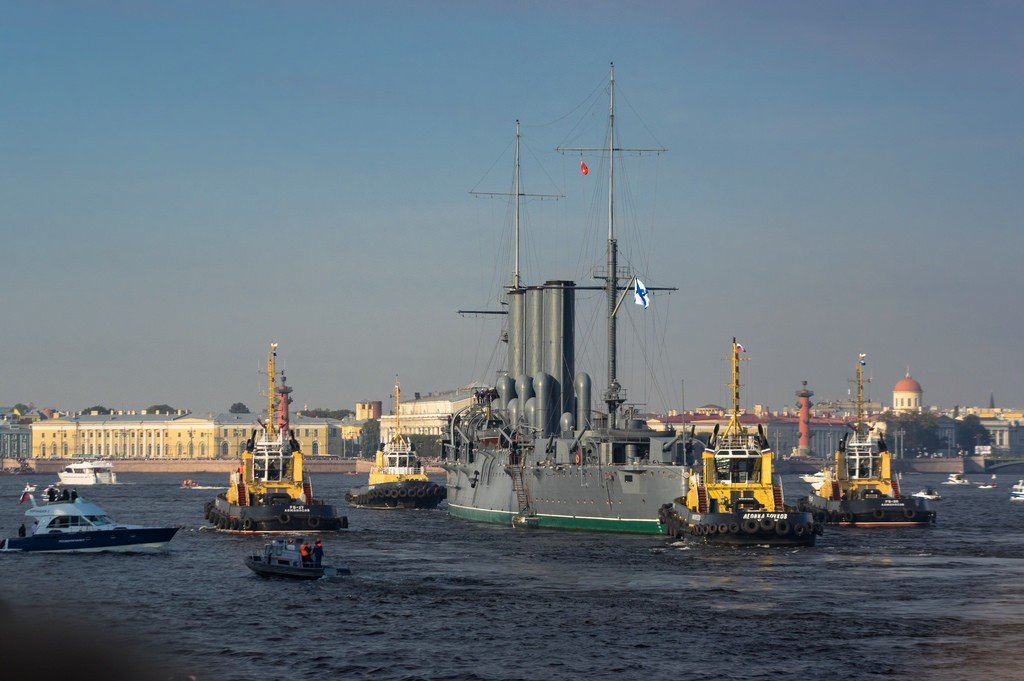
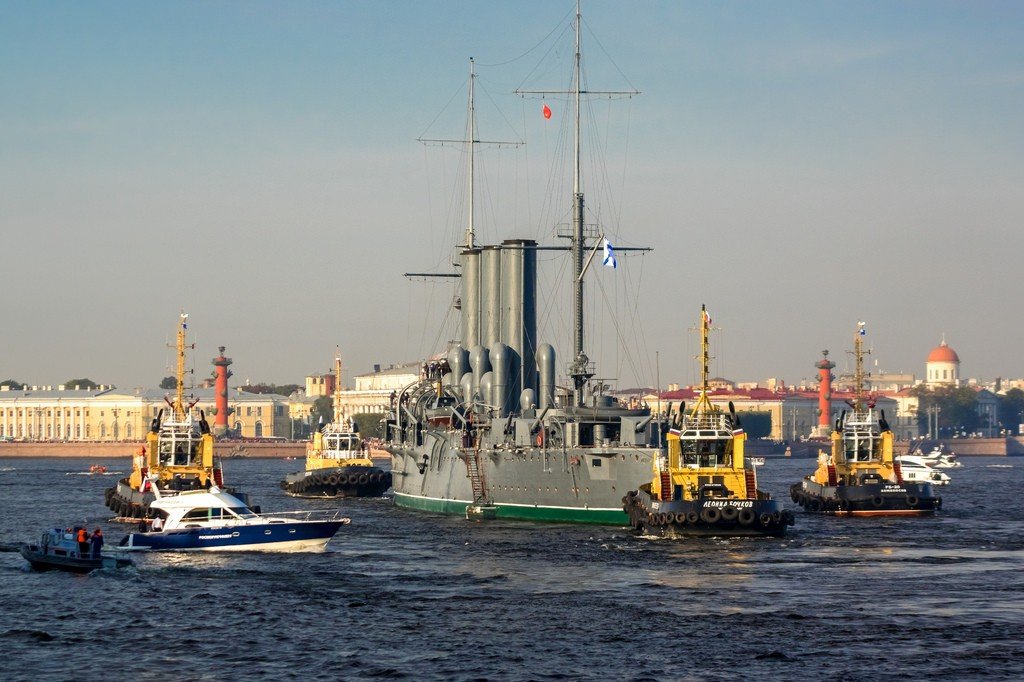
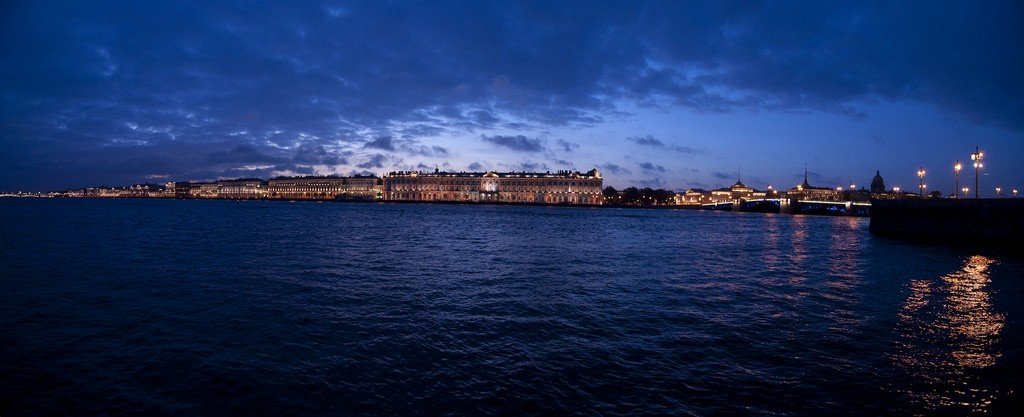
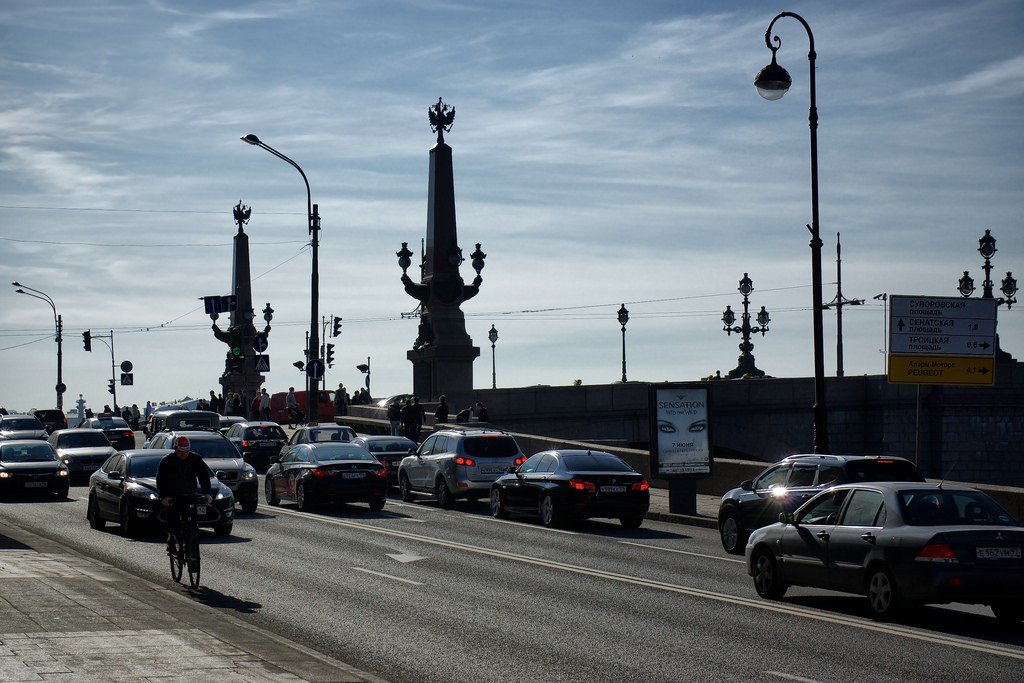
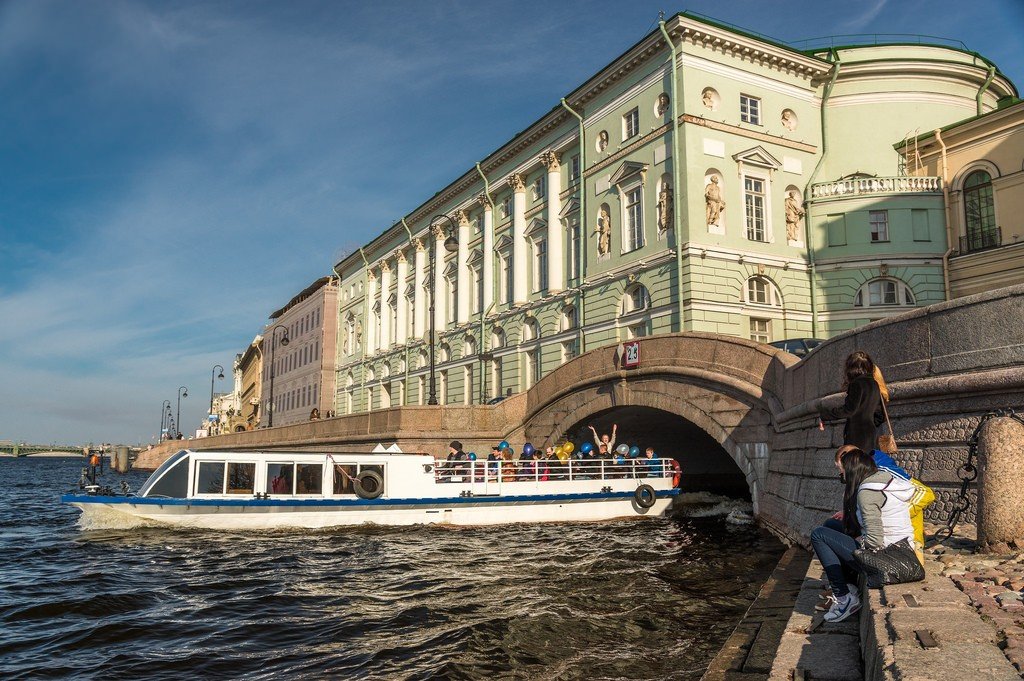
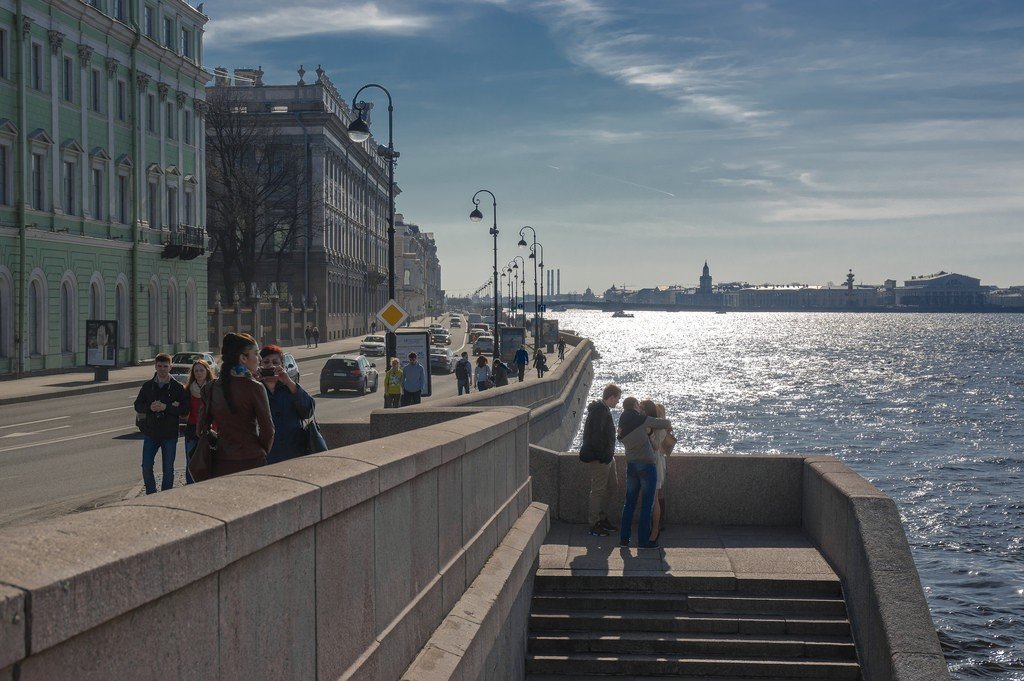
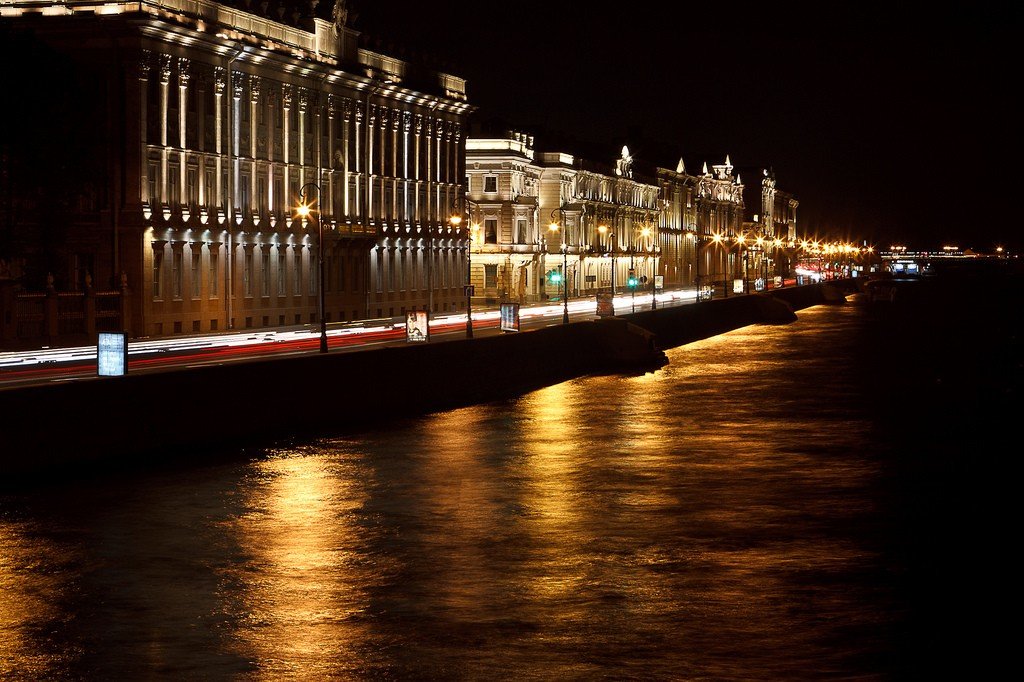
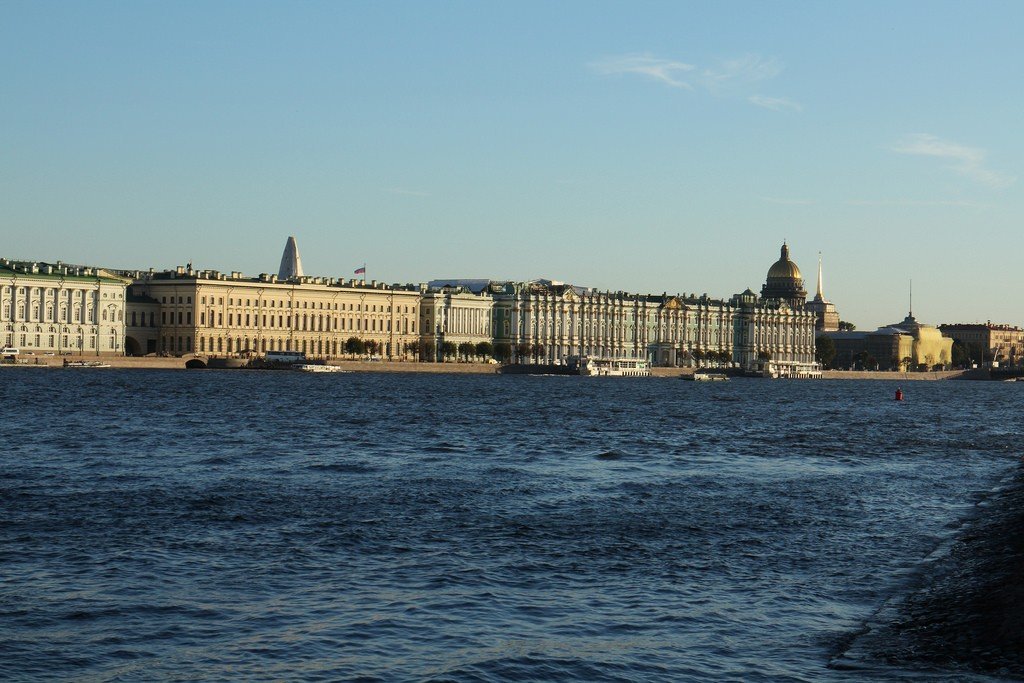
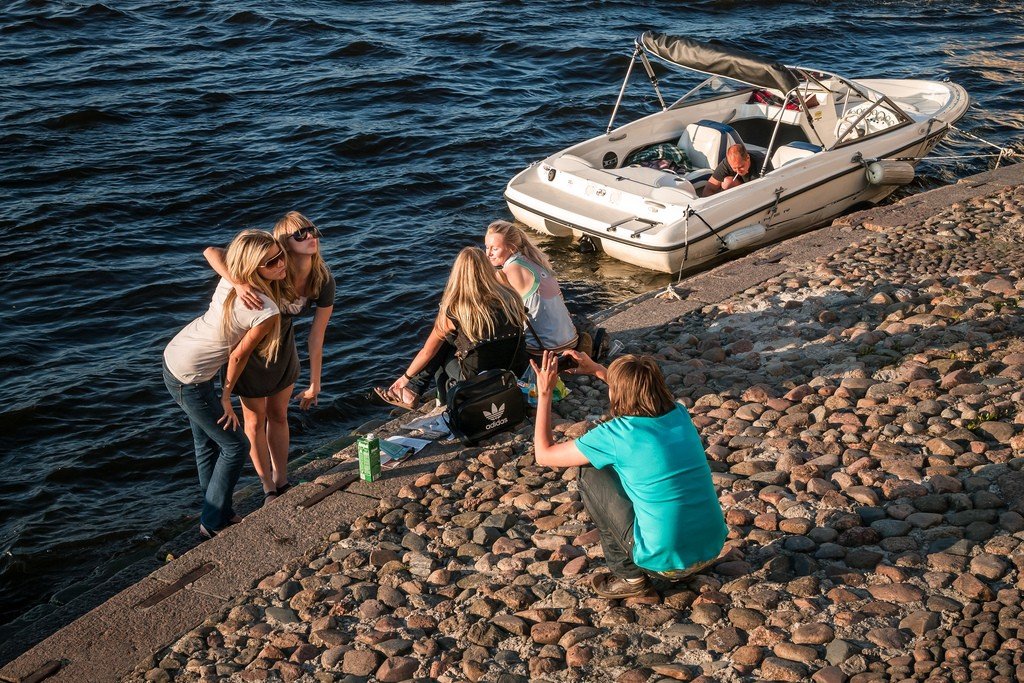
History of the construction of the Palace Embankment in St. Petersburg
The Palace Embankment is practically the same age as St. Petersburg. In 1705, the house of one of the founders of the Army Fleet, Admiral General Fyodor Matveevich Apraksin, was built on the then still swampy river banks. Later it was in this house that Anna Ioannovna settled. Like the embankment itself, originally called Verkhnaya, the mansion was wooden. On it in the period of active building defined the so-called “red line” for the entire street.
In 1712, the Wedding Chambers of Peter the Great were erected, next to them gradually grew the houses of the emperor’s cronies. Four years later, the tsar’s personal residence, Peter’s Winter Palace, was erected here as well (today it has survived only partially and is located in the building of the Hermitage Theater). And in 1710-1714 in the Summer Garden the construction of the palace of the same name was underway, designed by Domenico Trezzini, the founder of the European school of domestic architecture. This building has survived almost unchanged and is now a branch of the Russian Museum.
.
The central quarters were gradually turning into a realm of “stone chambers”, but it was only in the middle of the XVIII century, when piles were installed along the shallow waters of the river and the bank was additionally reinforced with earth, that the construction of a renewed embankment became possible. It was with Dvortsovaya that the history of stone streets of the city began; it was the first to be dressed in granite slabs in accordance with the idea of architect Yuri Felten. At the same time the first staircases and piers appeared. After the completion of the Winter Palace, designed by Bartolomeo Rastrelli, the embankment was given its modern name.
.
However, half a century later the appearance of the street was not at all parade-like – between the barns and sheds piles of building materials piled up, intended for the construction of the General Staff. By order of Nicholas I, another architect with Italian roots, Carl Rossi, developed a reconstruction project. The descent to the Neva River was decorated with bronze sculptures of lions and vases of polished porphyry. The latter were a gift to the Russian Emperor from King Charles XIV of Sweden. In 1873, both were moved to the Admiralty Embankment, where they are still located..
Since its inception, the street has had different names: Nalichnaya or Kamennaya Line, Upper or Millionnaya Embankment, Embankment of the Ninth of January. Since 1944, the name Palace Embankment has been officially fixed.
.Attractions of the Palace Embankment
The Palace Embankment is included in the list of Cultural Heritage of the Russian Federation. Due to the fact that the development lasted more than one decade, it can not be said that the buildings standing here are made in a single architectural style, each era had its own dominant. Initially, the tone was set by the summer and winter residences of the first Russian emperor built in the spirit of Peter the Great Baroque. Then it was the turn of monumental Rococo. Visitors to the city can see the legacy of these styles in the facades of the Winter Palace and the Great Hermitage. But in its original form, most monuments of the XVIII century have not survived and were either completely demolished, like the wooden Opera House, in place of which is now located Betsky’s mansion, or significantly altered in subsequent years, like the palace of Kantemir, the efforts of several architects turned into the house of Gromov.
.
But there are still many examples of classicism on the Palace Embankment today: the Hermitage Theater, which absorbed the Winter Palace of Peter the Great, Marble Palace – the first building in St. Petersburg, completely lined with natural stone, Saltykov’s house with partially preserved interiors, the aforementioned Betsky House, the Small Hermitage.
.Gromov’s mansion and the New Mikhailovsky Palace represent architectural eclecticism, as during the numerous remodels initiated by heirs or new owners, the architects more or less retained the features of the original buildings. The former palace of Grand Duke Vladimir Alexandrovich, where the House of Scientists is now located, should be mentioned separately. It was designed in the second half of the 19th century by Alexander Rezanov, the first chairman of the St. Petersburg Society of Architects, in the style of a Florentine palazzo.
.
Interestingly, for all the heterogeneity of buildings, the Palace Embankment in St. Petersburg looks harmonious and architecturally coherent.
.How to get there
There are marinas for motorboats on the Palace Embankment. Nearby are stops along the route of several buses and trolleybuses. The nearest metro station is “Admiralteyskaya”, but in the warm season it is not difficult to walk from the stations “Nevsky Prospekt” and “Gostiny Dvor”.
.
